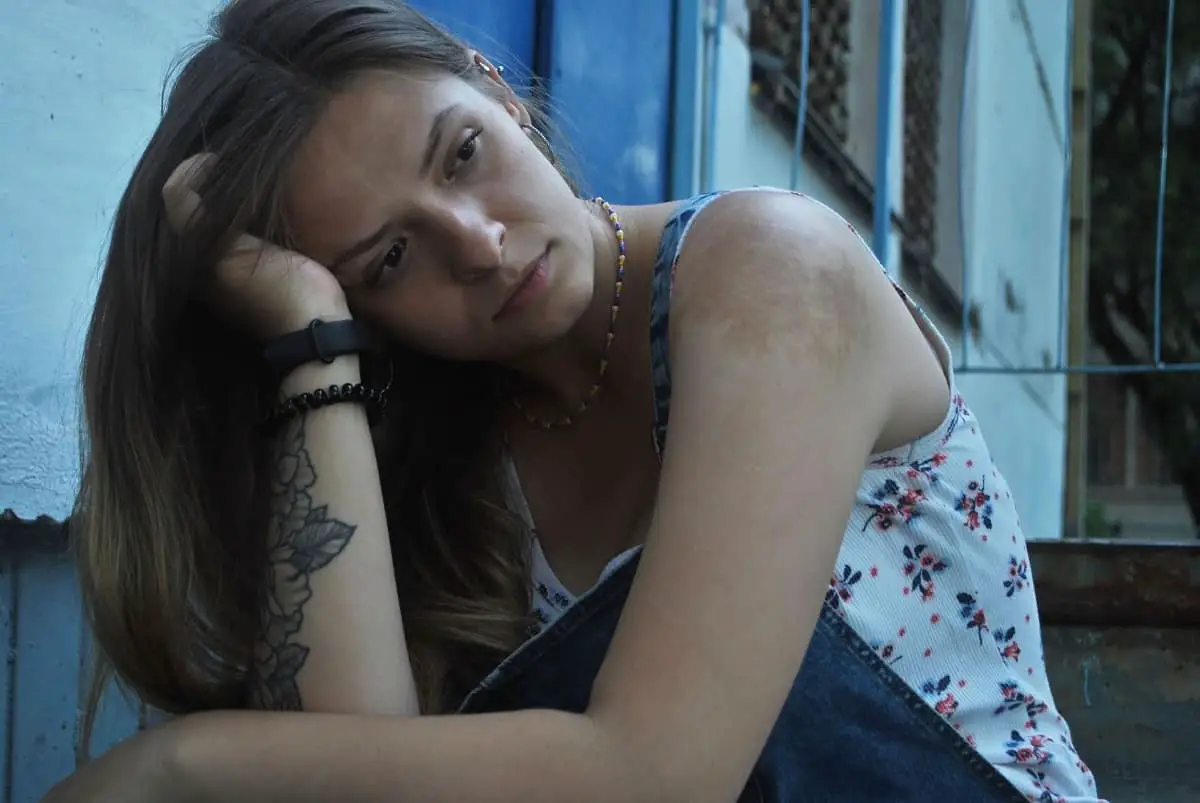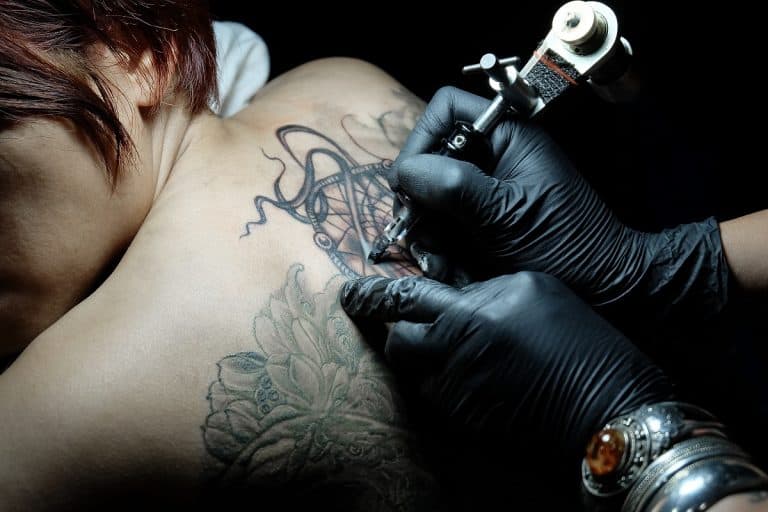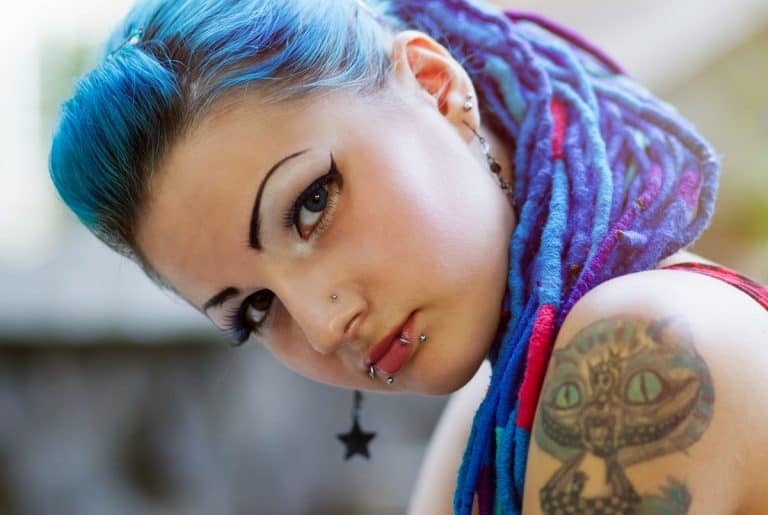Tattoos Covering Moles, Birthmarks, and Freckles: Everything You Need To Know
Almost every single person on this planet either has moles, birthmarks, or freckles. They can be small or big, hidden or visible, but these wonderful beauty marks exist on our bodies and we love them. An average adult has between 10 and 40 moles and depending on the region where you’ve grown up and live, you could belong to the 5% of people who also have freckles or birthmarks.
So, what happens when you decide to get a tattoo in an area of your body where there are moles, a birthmark, or freckles? With how common moles are, it is pretty impossible to avoid them completely when getting a tattoo. But, should you even get such a tattoo, and what are the pros and cons?
If you’re thinking about these questions, you’re at the right place. In the following paragraphs, we’ll talk about these beauty marks and how they could impact your tattoo decision-making. So, for more information, just keep scrolling!
Beauty Marks Explained
Before we get into the issue of tattoos over beauty marks, we first need to know what those marks comprise and what they are. So, let’s get educated, shall we?
Moles
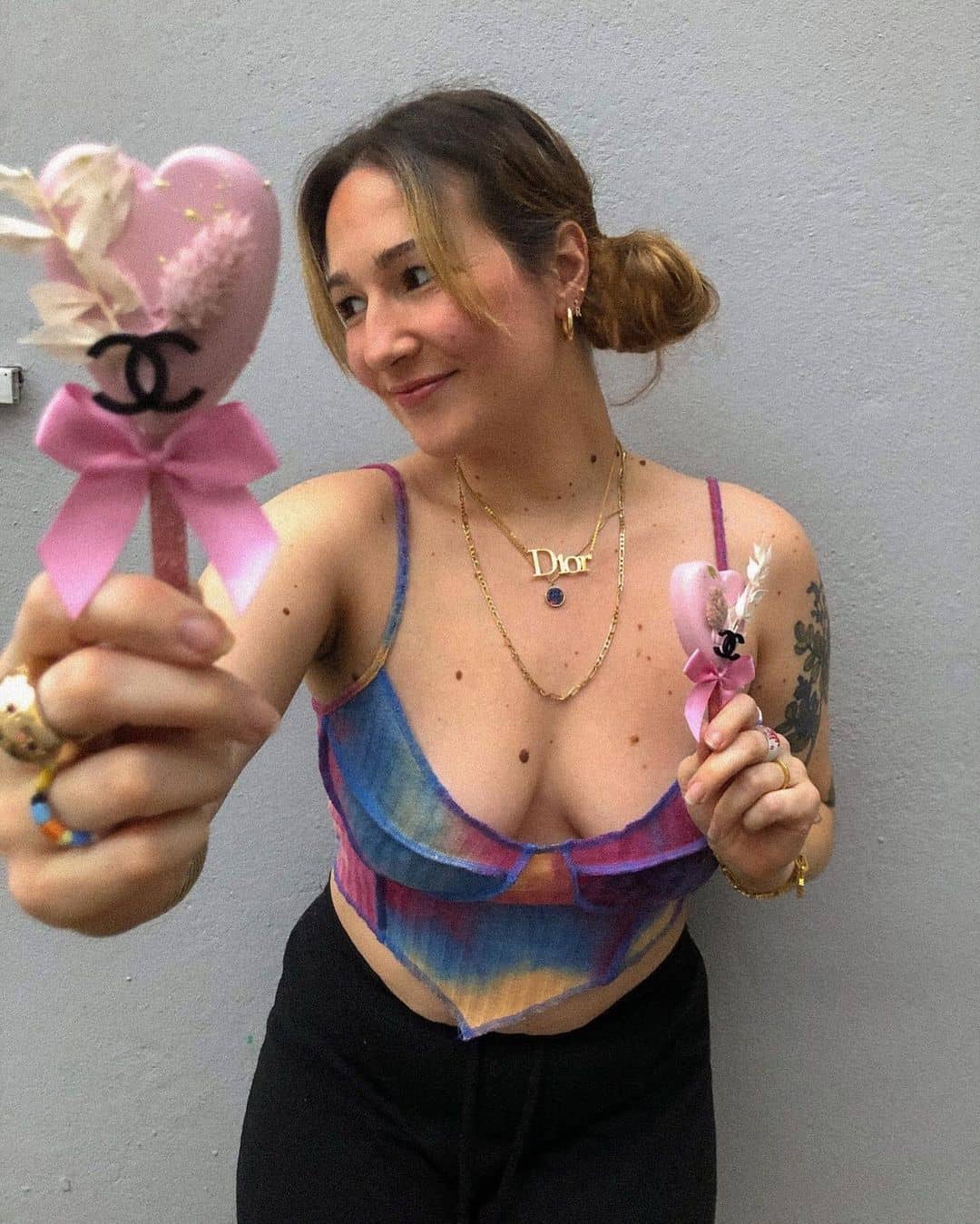
Skin cells, known as melanocytes, form small clusters on the skin known as moles. These skin cells produce melanin, which colors these moles and makes them distinctive compared to the general skin tone. The more melanin in the skin or the mole, the darker it is, however, moles tend to contain more melanin and be darker than the person’s natural skin color.
Moles are pretty common. An average adult can have been 10 and 40 moles across the body, and some people even have up to hundreds of moles (the highest number of moles is 600).
But, not every mole is the same. Moles differ in size and shape, as well as the time frame and age at which they appear on one’s skin. In that respect, here are the main categories of moles;
- Congenital moles (also known as birthmarks) – these moles appear right at birth, and they are the most common type. These moles are generally in the tones between brown and pink/tank colors. When it comes to appearance, congenital moles can be both flat and raised and don’t grow more than 5mm in size. In terms of shape, they can be round, oval, or even have a distinct edge.
- Acquired moles (also known as common moles) – these moles appear on the skin after you’re born, and continue to appear up until the age of 40. They can appear anywhere on the skin, and generally tend to be either round or oval, and of one color (from brown, pink, red, to tan and skin-colored). Most people with fair complexion tend to have between 10 and 40 of acquired moles. These moles remain unchanging.
- Atypical moles (also known as dysplastic nevi) – these moles are often mistaken for melanoma or for being cancerous, but they’re generally not. Only 1 in 10,000 atypical moles turn into cancer.
These moles are benign but can share the same features as a melanoma, so they should be checked frequently. Atypical moles are of irregular shape, pebbled in texture, and more common in people with fair, light skin, but who are frequently exposed to sun/UV rays.
Birthmarks
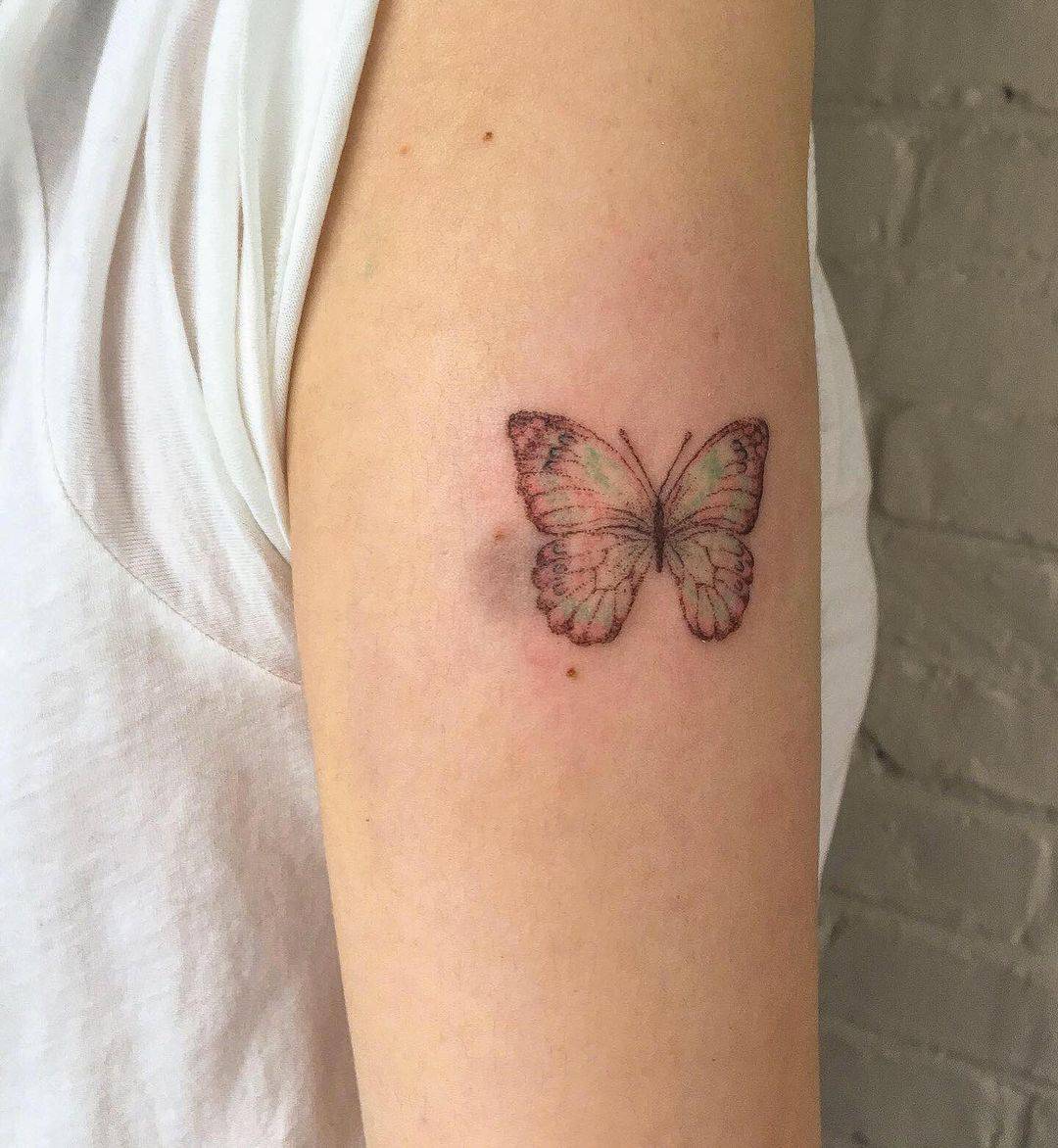
Birthmarks occur when blood vessels (like veins, arteries, and capillaries) develop certain anomalies. They occur upon birth in 30% to 50% of all babies. They do not generally require any treatment, and in some cases, as the baby grows, the birthmarks can disappear on their own. There are two main types of birthmarks;
- Pigmented birthmarks – similar to congenital moles, pigmented birthmarks appear due to the abundance of pigmented skin cells appearing in one place. These birthmarks appear, well, right at birth, and may not be permanent.
- Vascular birthmarks – these birthmarks appear mainly due to anomalies in the growth of veins and tend to increase in size as the baby grows. Unlike pigmented birthmarks, vascular birthmarks are permanent and do not disappear over time.
Freckles
Freckles are small, flat, beige/brown dots that result from an overproduction of melanin due to UV rays exposure. They commonly appear on the face, shoulders, arms, and upper back. In the majority of people, freckles appear in the under-eye, around-the-nose, cheeks and forehead area. Freckles also mostly appear in people with red hair and fair complexion, but that is not the exception.
Freckles are generally of the same color, varying from reddish, yellowish, to light brown and black. They become more visible and sometimes darker when exposed to the sun, and lose the pigment during the winter months. Freckles are considered harmless.
Tattooing and Beauty Marks
The Safety Concerns in Case of Moles
Now that we know what each type of beauty mark is, let’s talk tattooing and whether it is safe in case of moles;
- The Melanoma Concern
It is well known that moles, regardless of their type, can become cancerous due to certain factors, like excessive sun exposure, poor lifestyle, smoking, impaired immune system, etc.
As we mentioned, moles are made from melanocytes, which are responsible for melanin production but also cancer development due to uncontrolled growth. Excessive exposure to UV rays generally accelerates the growth of melanocytes, so they start changing size, shape, and even color the produce.
More than 75,000 Americans alone are diagnosed with melanoma, or skin cancer, every year; and, more than 9,000 Americans die from it.
That is why it can be truly dangerous to get a tattoo that covers moles. When ink covers the mole, it can be impossible to track any changes on the mole, which could be early indicators of cancer. Tattoos make it impossible to evaluate the mole, and laser removal therapy can further break the pigment inside the mole, making the evaluation even harder.
One particular example of such a case shows a young man wanting to remove a tattoo utilizing laser removal therapy. Upon the removal, the doctors notice a strange mole inside the tattoo on his right arm. In order for the therapy to be continued, the mole had to be removed. It turned out that further examination showed the mole to be cancerous – stage II melanoma.
- The Excessive Bleeding
As a tattoo needle penetrates the skin thousands of times during a tattoo session, it may draw some blood naturally. However, when the needle penetrates a mole, for example, the bleeding can go from minimal to excessive. As a result, the tattoo artist probably won’t be able to continue the tattoo, and one would require medical attention.
Puncturing a mole can be pretty risky. In some cases, the bleeding is hard to stop, and that can even be an indicator of skin cancer. If a mole continues to bleed, one should be surely examined by a dermatologist.
- Design and Color Issues
When tattooing in a skin area with moles, it can be incredibly hard for the tattooist to incorporate the moles into the tattoo and find a matching ink color.
Many professional tattooists are well aware of the risks moles introduce in case of tattooing, so they try to avoid triggering any type of health issue. To do that, they need to work around the moles, which makes a demanding job even more difficult.
To avoid health issues, the tattooist needs to apply the next close to the mole but not too close. Moles distort the ink and absorb it differently. In the process, they can even affect the color shade and tone, or promote irregular tattoo borders.
A truly professional tattoo artist will advise you against a tattoo in a mole-rich body region to avoid tattooing difficulties and possible health risks.
What About Birthmarks?
If you recall, we mentioned that birthmarks are similar to moles, especially the pigmented type of birthmarks. So, depending on the type, some birthmarks might be risky to involve in the tattooing process, while others may not be.
In case of birthmarks, we recommend you visit a dermatologist and let them examine your birthmark to determine the type. If a birthmark hasn’t disappeared by the age of 18, it is probably permanent and might cause some issues if not properly examined.
And Freckles – Can They Be Tattooed?
Now, it is considered perfectly safe to tattoo over freckles. They are generally harmless and do not cause bleeding issues during the tattooing process itself. However, since freckles change color and pigment when exposed to the sun, they might affect the way the tattoo appears during warm and cold months.
Moreover, the skin areas which are covered in freckles tend to be more sensitive and painful. Because of this, one should pay some attention, especially when it comes to tattoo aftercare. Sensitive skin is more prone to irritation, redness, tenderness, or even infection. So, the healing process should be proper and one should be patient in case of freckled skin.
So, How To Get Tattooed If You Have Beauty Marks?
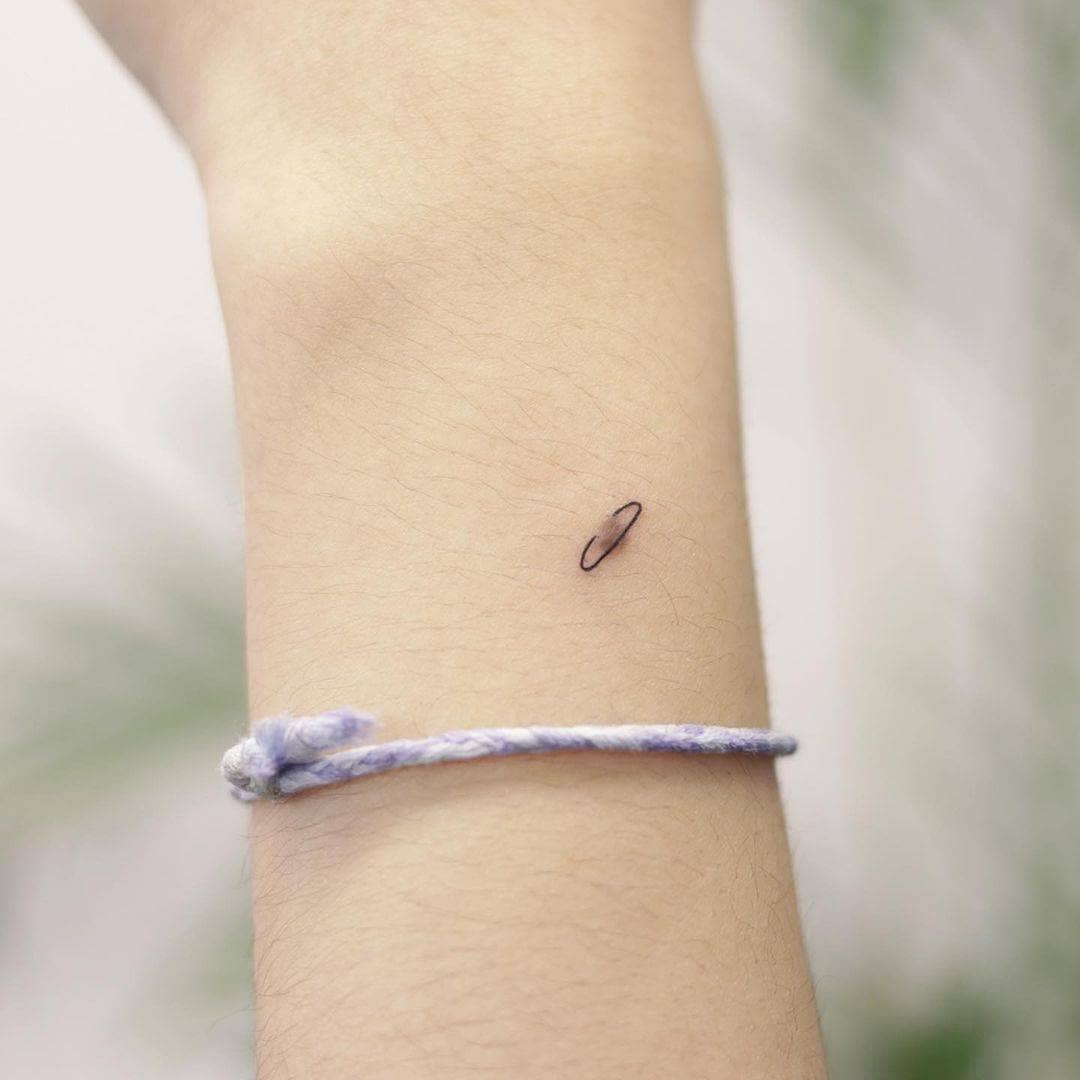
We believe that the best way to get a tattoo despite the moles and birthmarks is as follows;
- Avoiding the mole- or birthmark-covered area completely, or
- Incorporating the moles/birthmarks into simple, linework or dot tattoos
By avoiding the mole- or birthmark-covered areas you’re minimizing the risk of any possible health issues. Mole changes are essential indicators of serious health problems, so maybe you shouldn’t cover something that might warn you of a disease.
However, by incorporating your moles or birthmarks into the tattoo design, you can get the best of both worlds; you’re not disrupting the mole, and you’re also embracing its artistic purpose on your body.
We recommend you incorporate the beauty marks in line and dot tattoos since these are not heavy in ink and color, which is perfect for this purpose. You do not want to surround your moles or birthmarks with heavy designs and a lot of ink.
Also, before you embark on this journey, make sure to talk to your dermatologist and let them examine your moles, birthmarks, and freckles. Make sure to know what your beauty marks are because one can easily mistake them for something else.
Final Thoughts
Before you decide to get a tattoo, it is always smart to get an appointment with your dermatologist so that your skin and beauty marks can be checked. For future reference, if you suspect your moles or birthmarks might be cancerous, you can check them yourself by following the ‘ABCDE’ features;
- A is for Asymmetry – if the mole looks different on one side
- B is for Border irregularity – if the edge of the mole is disturbed and uneven
- C is for Color variations – if the mole comprises a mixture of different pigments, brown, black, and red
- D is for Diameter – if the mole is bigger than 6mm
- E is for Evolution – if the mole evolves, changes significantly in appearance, shape, and size
For more information talk to your medical practitioner, dermatologist, and even tattoo artist. If you do have any beauty marks and you still want to get a tattoo, make sure to let your tattooist know of the existing beauty marks.
Also Read:
- Safe, non-toxic plant-based temporary tattoos made with 100% high-definition printing for a realistic look without the pain
- Easy to apply and remove - just stick for 20 seconds then take off
- Set includes 5 sheets with 17 fun, delicate designs like hearts, cats, smiles, suns, moons, and more
- Waterproof and long-lasting - stays on up to 2 weeks of wear
- Fashionable for women, men, girls and boys
- Place on arm, wrist, neck, leg, finger, waist, foot and more
- Great for parties, birthdays, and showing your unique style

